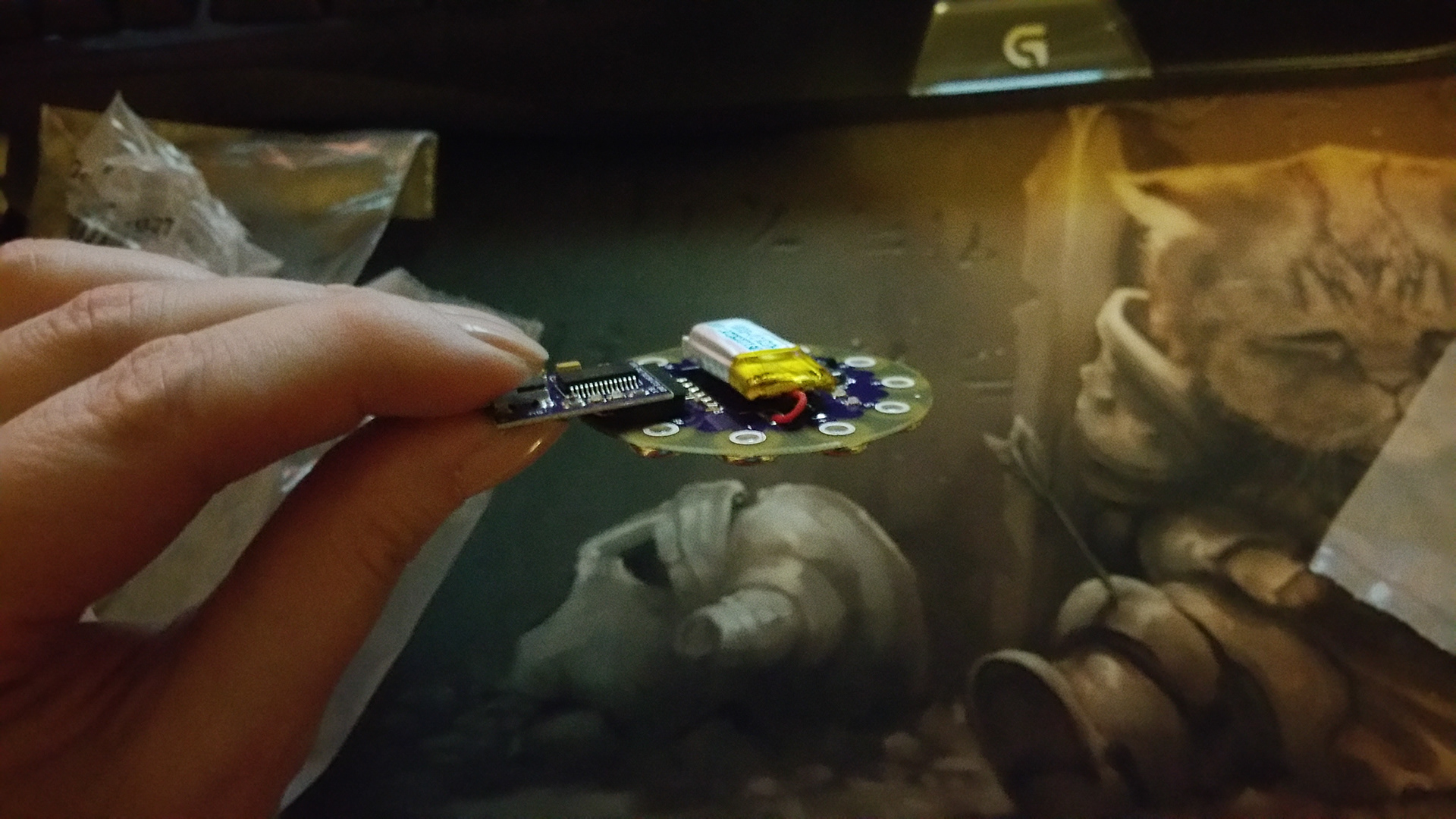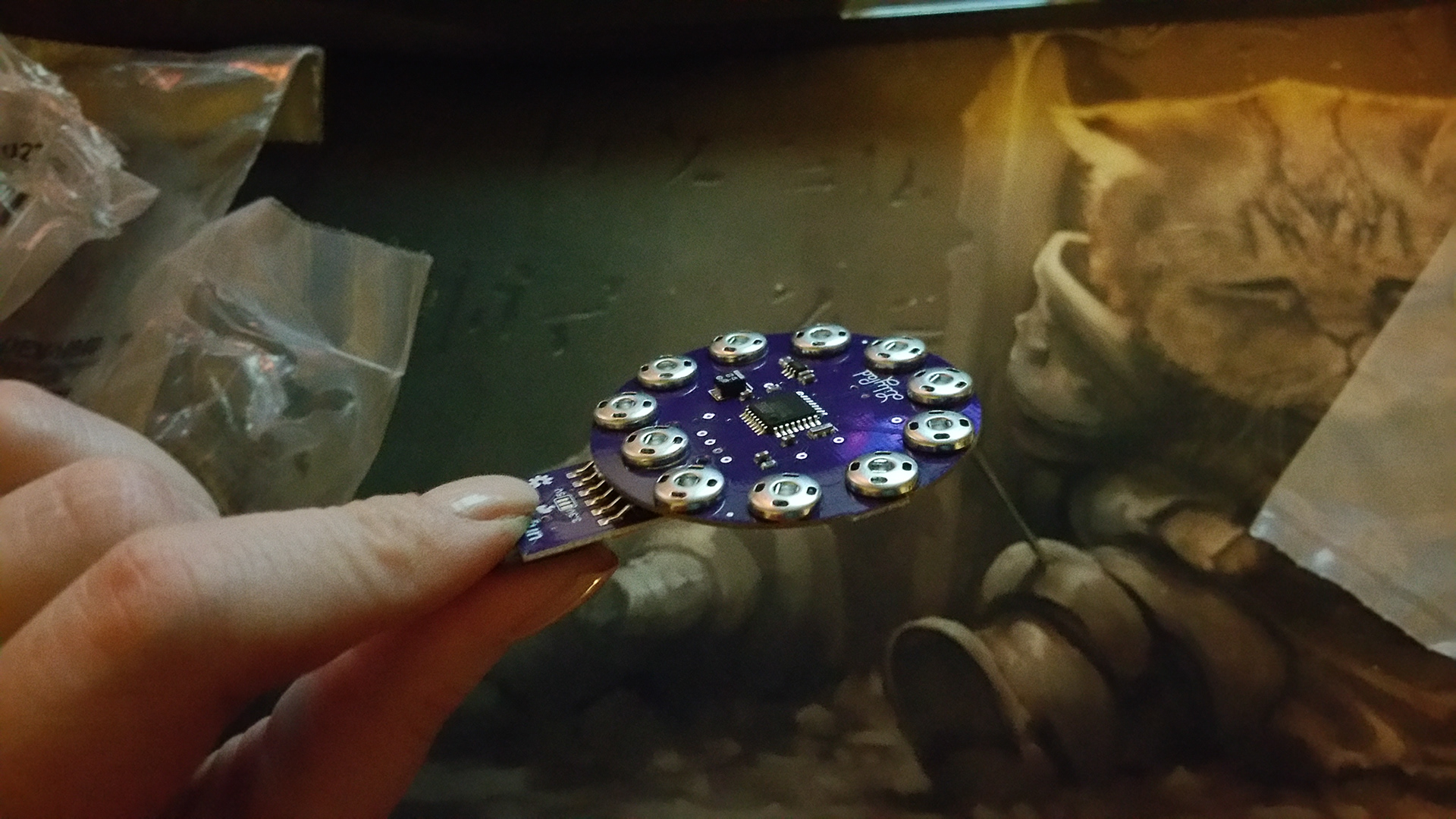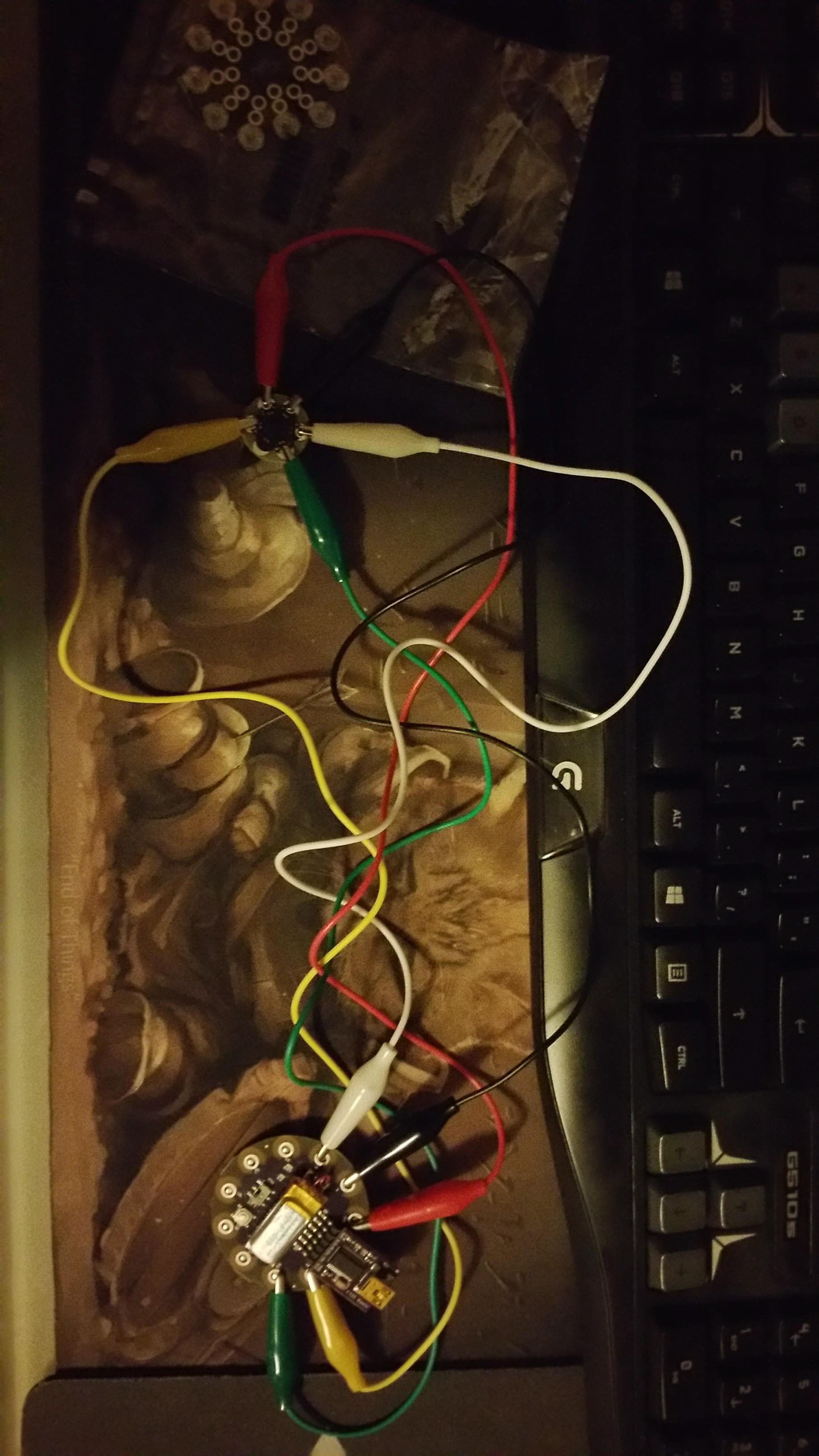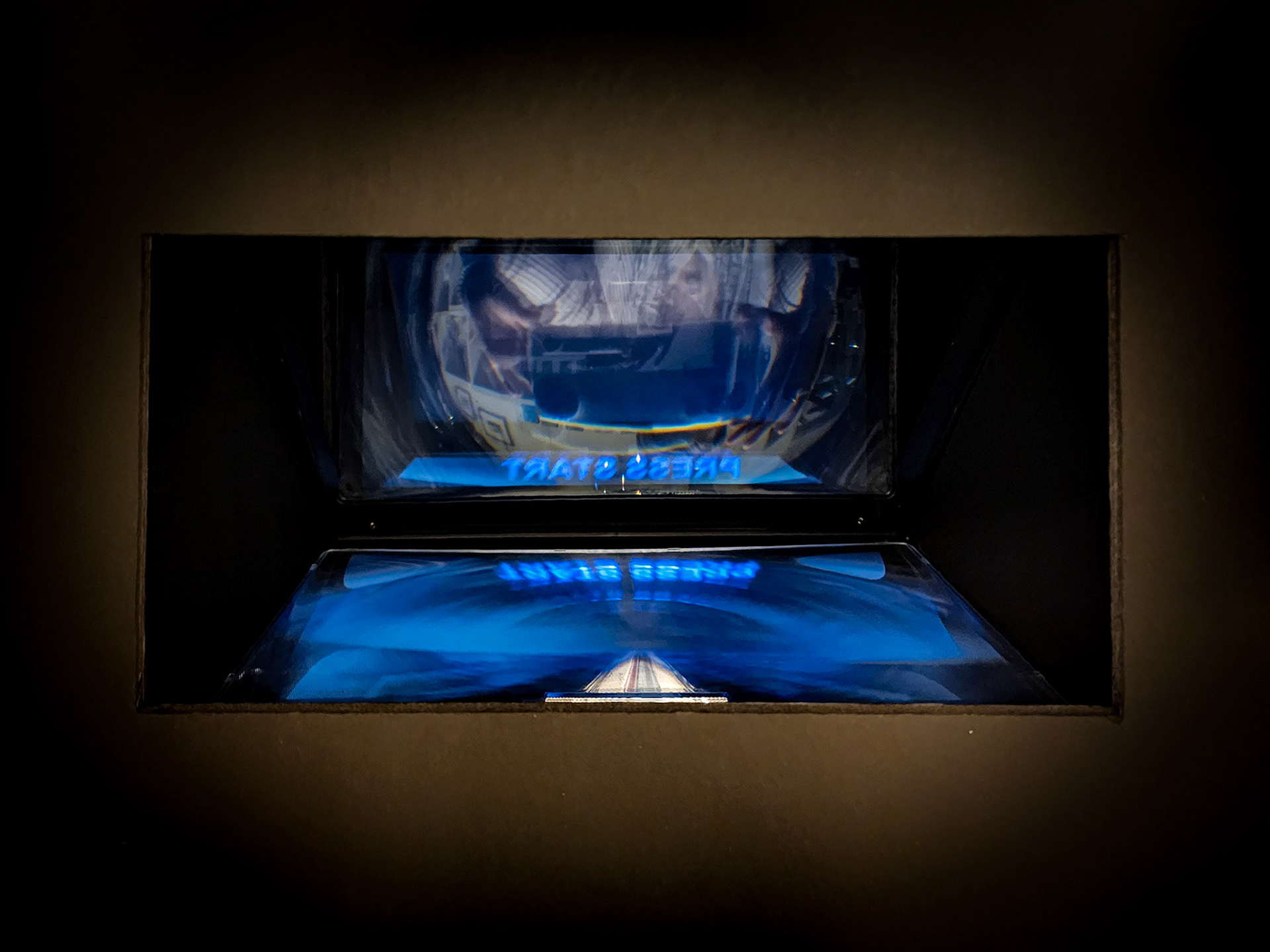I am creating a headset that makes it possible to play interactive books and audio games using simple nods of the head. The headset and application would be designed to interact with tablets and smartphones via Bluetooth.
Players will be prompted for input during play. Some prompts ask for yes or no input where players can nod head up and down for "yes" and back and forth for "no." Where more options are available, players can "scroll" through options by tilting their heads left and right.
Beyond being a platform designed with the blind in mind, players would easily play while doing other things with their hands and eyes, be it cleaning, working, driving, or even just relaxing at home. The level of interactivity would depend on the book or game. I hope to develop a way to increase or decrease interactivity as well in audiobooks and audio-only games.
The hardware is only the first step. I will need to write content, and/or perhaps create a way for others to do so.




I've documented my progress here.
It's a side project I've had ongoing for a while, but hope to get more time to work on it soon. Having these links here and my documentation is helpful for me as well.
Planning for Noddinggam...what I think I'm going to do...
So I've been researching how I might go about creating the headset for Noddinggam. I've done the Google thing, the Pinterest thing, and the Instructables thing and have some inspirations...
First, the headphones...after scouring the places I know to go I found several plans for 3D printed headphones. Here are some ideas I found that I really liked...
I really liked the effort and reasoning that Shannon Ley put into the design from Instructables.com. So my thought at the moment is that I will be editing that design to hold the sensors, microcontroller and Bluetooth device. But first I have to get sensors working how I want them, and prototype the functionality...
I started thinking about this project months ago and bought an Arduino Primo core to play with, which is cool and all, but is now retired so I can't replicate the headset, and neither could anyone else. I also ran into a problem with getting it to register a twisting motion. And it required soldering to attach wiring, which I find annoying when I'm prototyping. At least it got me that much info, but I'm going to have to use it for some one-of-a-kind thing down the road because it wasn't cheap. I'm using LilyPad and Flora sensors for sewable projects, and find them easy to prototype with. So I decided to give those a try. I'm trying out Flora and other wearables from Adafruit.com...
And one or two of these...
I already have a few other items to fill the gaps like conductive thread and battery packs. So as soon as I get the new stuff from Adafruit, I'm looking forward to seeing if they do what I hope or if I'll need to revise.
Noddinggam...experimenting with the accelerometer...
After some research, I ordered as many of the parts and pieces as I think I'll need for at least one headset. For today I'm getting to know the accelerometer and trying to learn how to get data from it. Here's what I'm using today...
From Adafruit:
Misc. Stuff I already have:
Getting the hardware ready for experimentation...
Adafruit does an amazing job of documenting how to use the products they sell, and I'm getting started with the documentation found here for their Flora and sewable 9-DOF Accelerometer/LSM9DS0.
The above image shows how to hook up the accelerometer to the Flora.
You'll also need a Micro-B USB cable to give it power and load the programming, a good phone charger cable will probably work, my thick data-capable / fast charging cable worked, not the thin slow power-only cable. If you want to be sure, buy one of theirs. This is where you plug it in...
Programming the Flora
I downloaded the library for the LSM9DS0 here...
and installed it using this tutorial...
In the Arduino App, I needed to make sure I had the Adafruit Flora board installed using this tutorial...
I used the "sensor API" example mentioned in this tutorial, and voila I have accelerometer data.
I'm going to mess around with this a bit, maybe read up and see if it's better to handle the data on the Arduino side or in the phone. Baby steps...I'm just learning. If you have suggestions or comments feel free to leave them below.
Next time I plan on trying out my Bluefruit.



